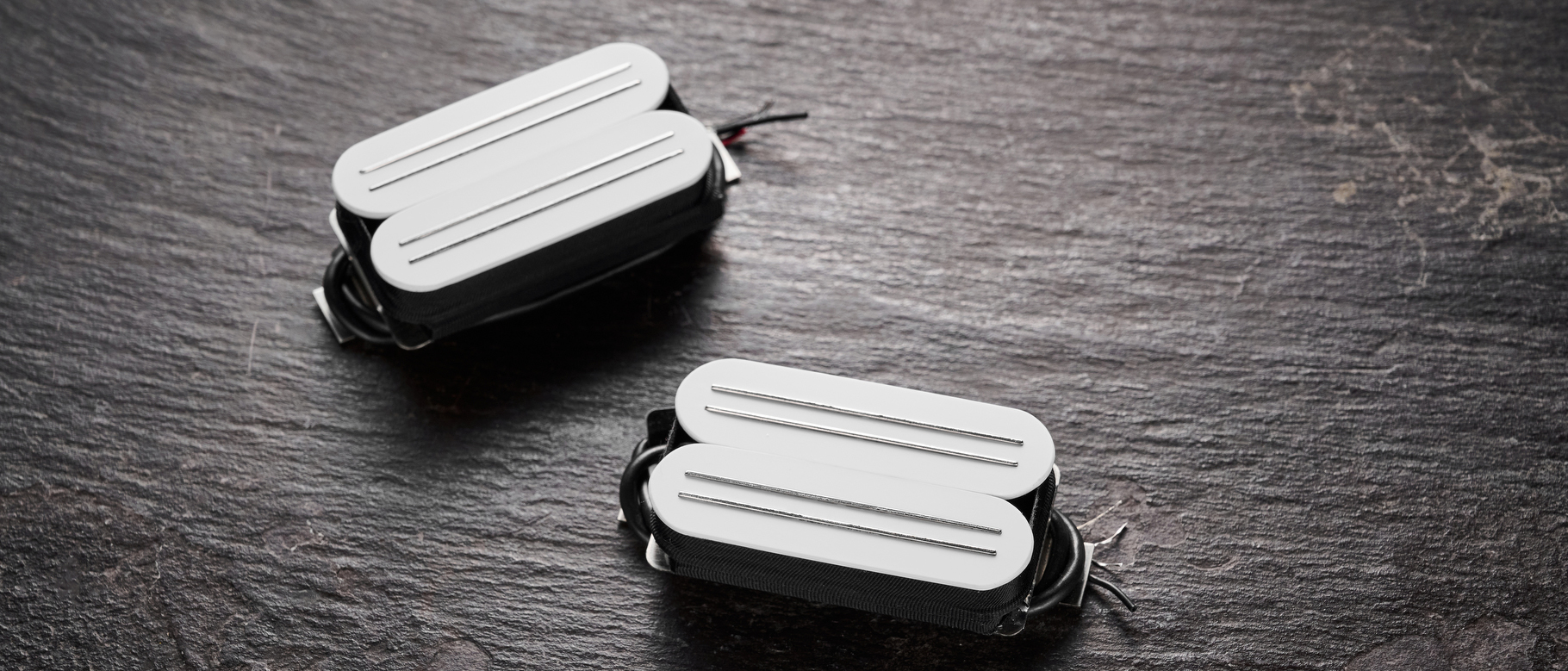Stratoblogster Labs: Paralleling Jimi Hendrix with Robin Williams?

A recent realization enabled me to better understand some of the Jimi Hendrix mystique we still embrace after 40-plus years. Oddly enough, I owe Robin Williams for this epiphany. Some of you might think this is weird. No wonder; it’s not exactly normal, but …
Even with today’s super-educated shredder standards, Jimi continues to stand apart as an icon for a variety of reasons. Besides guitar playing, he dressed differently. There aren’t photos of Hendrix in jeans and T-shirts — not even tie-dye hippie T-shirts of his era. The cat just never wore T-shirts, OK?
His apparel was a fusion of Native American, African and Asian, which only seemed to allow more attention to the person in the clothing than on the clothes themselves. And besides using popular phrases and expressions of the time, Hendrix’ manner of speaking wasn’t tied to any single regional accent or demographic. Thus we see him as a unique and multifaceted personality.
But on to guitar and music. Anyone who remembers Guitar World’s old “Guitar Sam” cartoon strip may recall the one in which Sam gets his ultimate effects rig together, only to realize that he still can’t play like Hendrix. Here lies the key, and I promise to tie in the Robin Williams thing pretty soon.
Take any group of guitar players most closely associated with the Hendrix’ style, and notice the broad differences between them. Robin Trower doesn’t sound like Stevie Ray Vaughan, who doesn’t sound like Eric Johnson, who doesn’t sound like Frank Marino, who doesn’t sound like Neal Schon, etc.
And how do these players approach their playing and tools in terms of their Hendrix influence? More often than not, we find any one of these guitarists focused on certain aspects; rarely embracing any majority of Jimi’s performance facets. And not to be critical of anyone here. These are all favorite guitarists of mine. That’s not the point.
For shear fluid spontaneity from phrase to phrase and pedal to pedal, I can only parallel Hendrix to a Robin Williams stand-up performance. Dynamic stuff! The best examples, live or studio can be found in Jimi’s later work. Posthumous releases like "Freedom," "Room Full of Mirrors" and "Dolly Dagger" contain rich twists of rhythmic grooves and sonic textures.
All the latest guitar news, interviews, lessons, reviews, deals and more, direct to your inbox!
The live Fillmore East / Band of Gypsys tracks are a showcase of Hendrix shifting between effects as naturally as Robin Williams’ "Aladdin" segments, which also were largely improvised.
Jeff Beck and early Eddie Van Halen also brought spontaneity and surprise to electric guitar. Otherwise, guitar can be pretty predictable. Not that we need to reinvent guitar playing … . But try to sell your playing with some twists.
So whether you crave Joe Bonamassa’s grasp of the classic blues-rock lexicon or the blinding facility of Guthrie Govan, remember to explore the facets of Jimi Hendrix. Chances are, in a room full of listeners, everyone is hearing something different.
Look at your rig and quest for tone as a palette and a playground of tones. Stay loose! And just imagine if Robin Williams were a guitar player!
JP Holesworth writes the Stratoblogster Guitar Blog and lives in rural Oregon, surrounded by pinot noir vineyards, hop plantations, medical MJ farms and extreme environMENTAL consciousness. But he loves red meat and vacuum tubes!
Photo: www.accesshollywood.com
